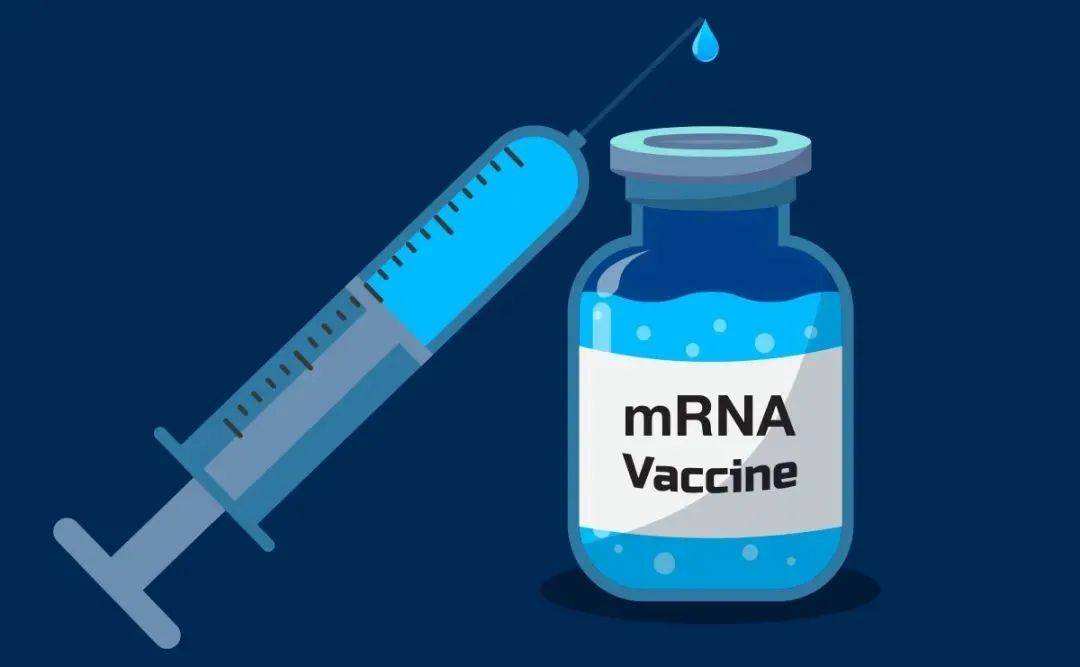Both mRNA vaccines and inactivated vaccines are autoimmune preparations made of bacteria, viruses and other pathogenic microorganisms and their metabolites through special preparation methods for disease prevention. There are certain differences between the two in terms of preparation process and principle of action. :
1. Preparation process: mRNA vaccine is to transcribe the DNA of bacteria, viruses and other pathogenic microorganisms and their metabolites into mRNA by transgenic method, and make relevant modifications in vitro; inactivated vaccine is to use artificial chemical or physical methods to inactivate pathogenic microorganisms manufactured vaccines, also known as dead vaccines;
2. Principle of action: mRNA vaccine modifies pathogenic microorganism RNA in vitro, and then transmits it to the body’s cells for expression, so that the body produces protein antigens, so that the body produces an immune response against the antigen and enhances the body’s response to such pathogenic microorganisms. Immunity: The pathogenic microorganisms in the inactivated vaccine lose the ability to reproduce in the body and will not cause disease, but can stimulate the body to produce specific antibodies or sensitize T lymphocytes, thereby generating immunity;
3. Efficacy evaluation: mRNA vaccines are unstable under physiological conditions, easy to degrade, have a complex preparation process, and have a relatively high efficiency. The new crown mRNA vaccines have now been approved for use under the authorization of the WHO. Inactivated vaccines are safe, easy to store and have less side effects, and can be made into combined vaccines, such as triple vaccines of typhoid fever and paratyphoid A and B.
Difference between mRNA vaccine and inactivated vaccine
mRNA vaccines and inactivated vaccines are two commonly used vaccines with different preparation methods. Regarding the protective effects of the new coronavirus mRNA vaccine and inactivated vaccine, both have a relatively good preventive effect on the new coronavirus, and can effectively prevent the occurrence of severe infection, but at present, due to the lack of evidence of time and data, it is impossible to protect against both. Effect comparison.
Inactivated vaccine is to trigger the human immune response to achieve the effect of active immunity by injecting inactive virus. Because it is inactive virus, although it retains antigenicity, it will not cause disease infection. Comparing the inactivated vaccine and mRNA vaccine of the new coronavirus, according to medical statistics, the adverse reaction rate of the inactivated vaccine is lower, but the immune strength generated by the inactivated vaccine is not necessarily sufficient. Generally, multiple vaccinations are required to obtain sufficient protective antibodies.
mRNA vaccine, also known as nucleic acid vaccine, is the introduction of a vector containing a specific gene sequence into the host, and the expression of antigenic protein triggers human immunity. The advantage of mRNA vaccine is that the preparation speed is fast, and the disadvantage is that the mRNA is unstable, and the requirements for vaccine transportation and storage are relatively high.









